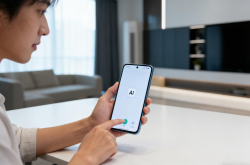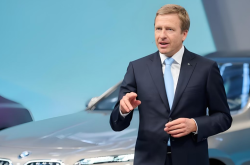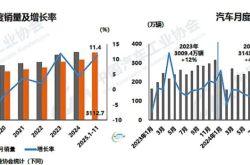LG Mobile's Epic Fall: From Global Giant to Industry Exile in 20 Years
![]() 07/02 2025
07/02 2025
![]() 675
675
LG Mobile has bid a definitive farewell to the mobile industry.
Once a dominant player, it now exits the stage amidst a wave of nostalgia.
At 00:00 on June 30, 2025 (KST), LG Electronics terminated three critical services: mobile software upgrades, application update centers, and the PC data management tool LG Bridge. This move marks LG's definitive exit from the mobile industry.
In the feature phone era, LG stood shoulder-to-shoulder with industry titans like Nokia, Dopod (HTC subsidiary), Sony Ericsson, Motorola, and Samsung. Transitioning into the smartphone era, LG once ranked third globally in sales, trailing only Samsung and Apple. However, over a decade later, LG Mobile reluctantly exited the stage, sounding an alarm for other mobile phone manufacturers.
From its zenith to its nadir in 20 years, LG Mobile exits in disgrace.
In 2005, LG's first Chocolate phone, the KG90, debuted and became an instant hit. The product entered the Chinese market in 2006, marking the beginning of LG Mobile's golden days.
Upon entering the smartphone era, LG made two consecutive missteps in system selection. At a time when iOS and Android were growing rapidly, LG first chose to jointly develop the OMS system with China Mobile, launching the flagship LG GW880 equipped with this system in 2009. Subsequently, it partnered with Microsoft and joined the Windows Phone family.
By the time LG chose Android, brands like Coolpad, Huawei, ZTE, and Lenovo had already swiftly captured the market through cost-effectiveness and localization. Fortunately, LG changed its strategy much faster than Nokia, launching its first Android phone in November 2010 and avoiding becoming an "also-ran".
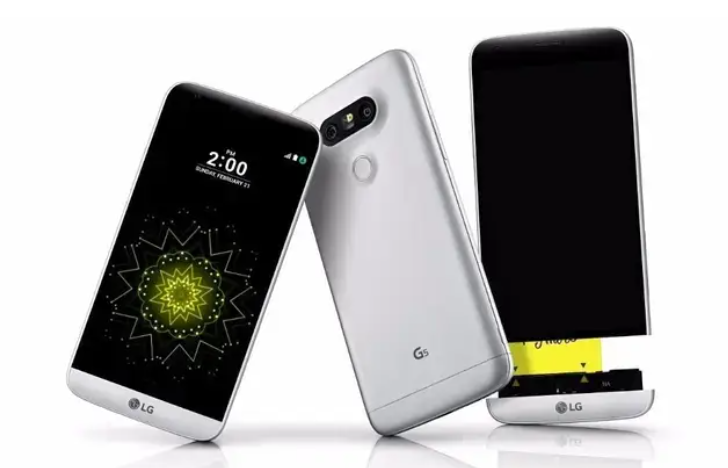
(Image source: LG)
According to data from market research firm Strategy Analytics, LG ranked third in global smartphone sales in 2013, marking its finest moment. However, LG Mobile's global sales were surpassed by Lenovo and Huawei in 2014, as reported by CNR.
Starting from the second quarter of 2015, LG's mobile phone business incurred quarterly losses. By the fourth quarter of 2020, cumulative losses had reached KRW 5 trillion (approximately RMB 26.45 billion based on current exchange rates).
After the mobile phone business incurred losses, two factions emerged within LG. One group believed in adjusting the product mix, upgrading product design, and improving the mobile phone business. The other group advocated for promptly halting losses and abandoning the mobile phone business. The result was a schizophrenic strategy where LG invested heavily in bizarre concept phones while also seeking to sell its mobile phone business.
Even in 2021, when it announced the cessation of its mobile phone business, LG still showcased the rollable screen phone LG Rollable at the CES show, stating that the product would be released later that year. This phone, which could switch between 6.8 inches and 7.4 inches, indeed generated significant shock and appeal among consumers, but unfortunately, it never entered mass production.
In China, LG exited the market as early as 2018. In subsequent years, LG became a top choice for "foreign trash" phones in China, with a status on par with Sony and higher than Sharp. I once bought an LG G7, but it didn't run native Android 8; instead, it came with the best-reviewed domestic system at the time, MIUI, installed.
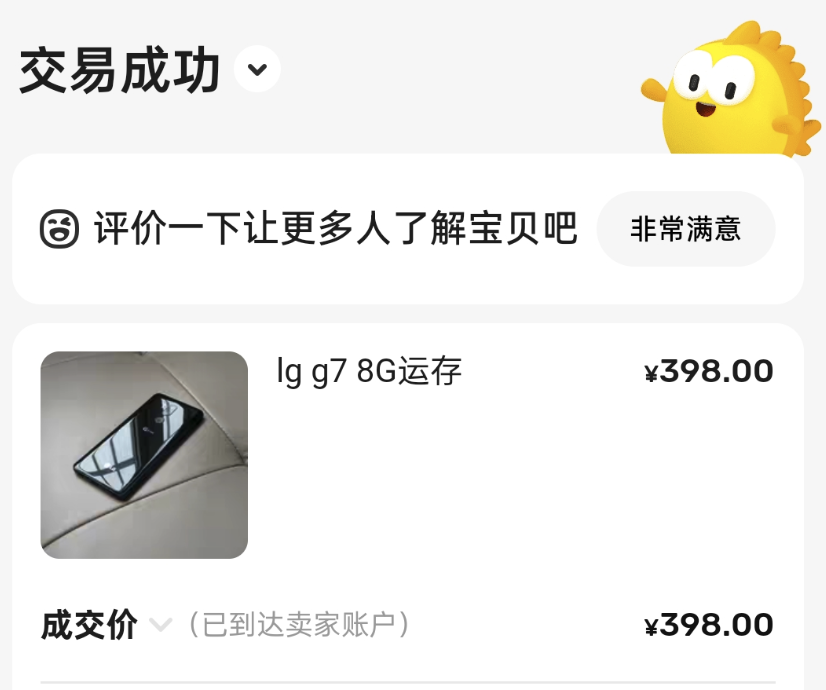
(Image source: Screenshot from Xianyu)
After exiting the Chinese market, LG still had three major markets: North America, Europe, and South America. Among them, the European market is the next target for domestic mobile phone manufacturers. In 2018, Huawei and Xiaomi, two Chinese mobile phone manufacturers, achieved third and fourth place in sales in Europe, respectively. In the North American market, Apple dominates half of the market, while Samsung continues to exert pressure. Together, these two manufacturers account for more than 50% of the market share, with LG retreating amidst fierce competition.
After abandoning the Chinese market, LG failed to concentrate resources and efforts to boost sales in the three major markets of North America, Europe, and South America, leading to further deterioration.
In an attempt to save itself, LG launched the rotating dual-screen phone LG Wing in September 2020, which won the Best Creative Phone Award from foreign media GSMArena. However, the LG Wing was equipped with the Snapdragon 765G and priced at KRW 1,098,990 (approximately RMB 5,813 based on current exchange rates). The absurd price-to-performance ratio resulted in few consumers willing to buy it.
In April 2021, LG announced that it would cease production and sales of mobile phones by July 31, 2021. The industry giant, which once ranked third in global sales, finally fell.
Repeatedly outpaced by Huawei, Xiaomi, OV, Samsung, and Apple
Regarding LG's failure, many attribute it to missing the golden period of Android system development, but market performance suggests otherwise. After adopting the Android system, LG Mobile sales once soared to the top three globally.
Moreover, which mobile phone manufacturer doesn't harbor ambitions? Android is powerful, but why must mobile phone manufacturers choose Android if they cannot use iOS? As mobile phone industry giants, Samsung and Nokia have both attempted to develop their own mobile phone systems or jointly develop them. At the end of 2014, LG also released its self-developed mobile phone SoC, NUCLUN, attempting to take the self-development route in hardware as well.
In the face of the emerging smartphone industry, exploratory research and development work are essential. It's just that LG and Nokia failed, while Samsung mobile phones withstood the consequences of failure. The failure of LG's mobile phone business, in a nutshell, is due to poor product competitiveness and marketing.
Multiple generations of LG models, such as the G2, G3, G4, and G5, have had quality issues, including unresponsive screens, cracked tails, burned motherboards, and screen ghosting. However, due to LG's top-notch industrial design and excellent hardware configuration, user reviews are mostly positive. The problem is that prices often reached five or six thousand yuan, dampening consumer enthusiasm. When the technology website Medium defended LG, it stated that although LG phones were initially priced high, their prices would drop significantly after a few months, making them almost the most cost-effective products at the same price point.
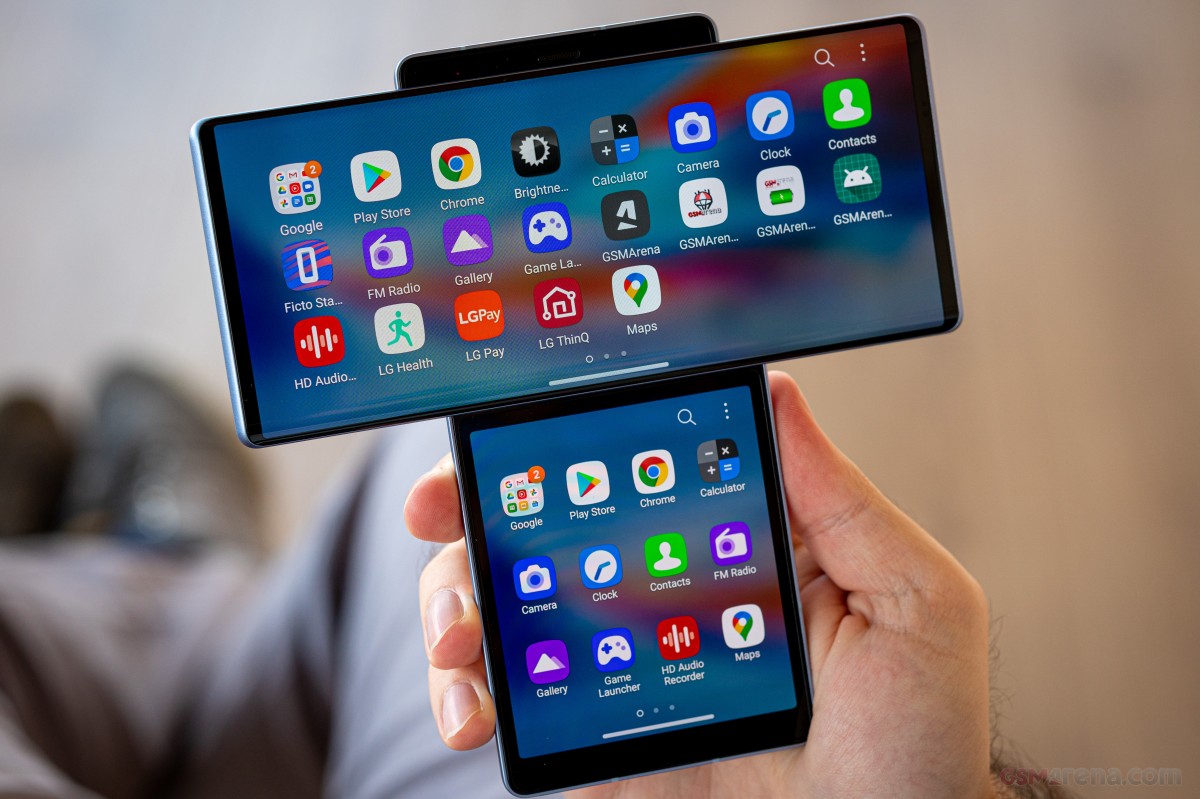
(Image source: LG)
However, price drops are a taboo phenomenon for consumers. LG's operations led even brand fans to no longer be willing to purchase products at launch, waiting for price reductions and promotions instead. This created a vicious cycle, ultimately leading to a complete collapse in LG Mobile's pricing. Products like the LG G5 and V10 failed due to excessive pricing and unbalanced configurations.
While other mobile phone manufacturers followed user demand and upgraded their phones' photography and performance, LG focused on innovations with limited practicality or experience upgrades such as modular design, audio, and rotating screens. These innovations were highly eye-catching and received praise from the tech-savvy community but failed to attract ordinary consumers. The LG Wing is an excellent example, with an average transaction price on the Xianyu platform still as high as RMB 711, more expensive than Xiaomi's flagship phone of the same year, the Xiaomi 10 Pro, and having more collectible value than practical value.
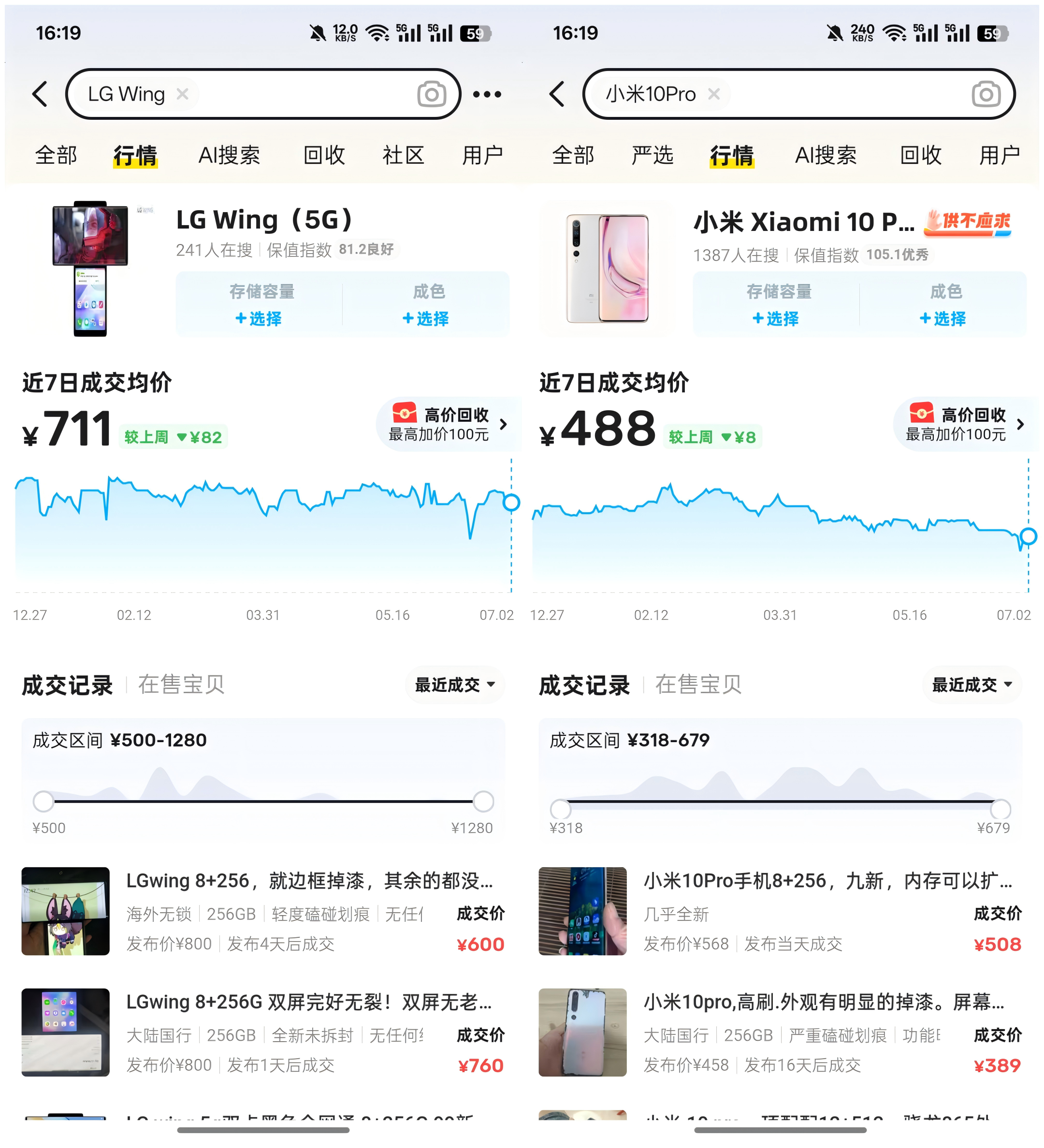
(Image source: Screenshot from Xianyu)
In terms of marketing, LG is even more confusing. Domestic mobile phone manufacturers OPPO and vivo have adopted a combination of celebrity endorsements and offline store expansion. Advertisements for OPPO and vivo can be seen everywhere, from the city centers of first-tier cities to the streets of small towns. Xiaomi's popularity on the internet has remained high based on the popularity of its founder, Lei Jun, and its slogan, "Born for fever". Huawei's "Knight Life" brand image has gradually been shaped, becoming a banner for domestic high-end mobile phones.
LG's marketing approach was to find Lee Sedol, who was preparing for a Go match against AlphaGo, and embroider an inconspicuous LG G5 logo on his sleeve, so that almost no one noticed the advertisement during the entire match. The AlphaGo vs. Lee Sedol match was a global event, and LG secured the opportunity for advertising placement but spent money in vain.
With both product competitiveness and marketing inferior to Huawei, Xiaomi, OPPO, and vivo, LG's strategy was not to align its product hardware configuration and pricing with domestic mobile phones and actively adapt to localization to compete head-on with domestic manufacturers. Instead, it acted like a "timid lizard" and voluntarily exited the Chinese market. The equally populous Indian market was strategically abandoned by LG. The problem is that competition exists in any market, and abandoning the Chinese market did not make LG Mobile more competitive in European, North American, and South American markets.
Samsung, whose sales in China have fallen to "others", is still unwilling to exit the Chinese market to this day. Every new flagship generation launches a pioneer program in China, and it actively adapts to the needs of Chinese users, showing Samsung's emphasis on the Chinese market.
The tragedy of LG Mobile: rose from humility, fell to arrogance
Of the six giants in the feature phone era, Dopod and Sony Ericsson have disappeared, Sony and Nokia are struggling to survive, only Samsung is thriving, and Motorola has been rejuvenated after being acquired by Lenovo. A Counterpoint Research report shows that Motorola's sales increased by 23% year-on-year in 2024, ranking seventh globally.
Behind the decline of every mobile phone manufacturer is a story, such as Nokia's arrogance causing it to miss out on Android; HTC's misjudgment of the market leading to its abandonment by mainland consumers; and internal disagreements within Sony Ericsson delaying its development.
The absurdity of LG Mobile lies in the fact that it committed all the mistakes made by other mobile phone manufacturers. LG missed the golden period of Android development, misjudged the market leading to its voluntary departure from China, and had internal disagreements on whether to retain its mobile phone business. After a top-level reshuffle in 2019, the new CEO, Jo Seong-jin, stated that he would not abandon the mobile phone business and planned to achieve profitability by 2021. Thus, LG Mobile swayed back and forth until it reached the end of its life.
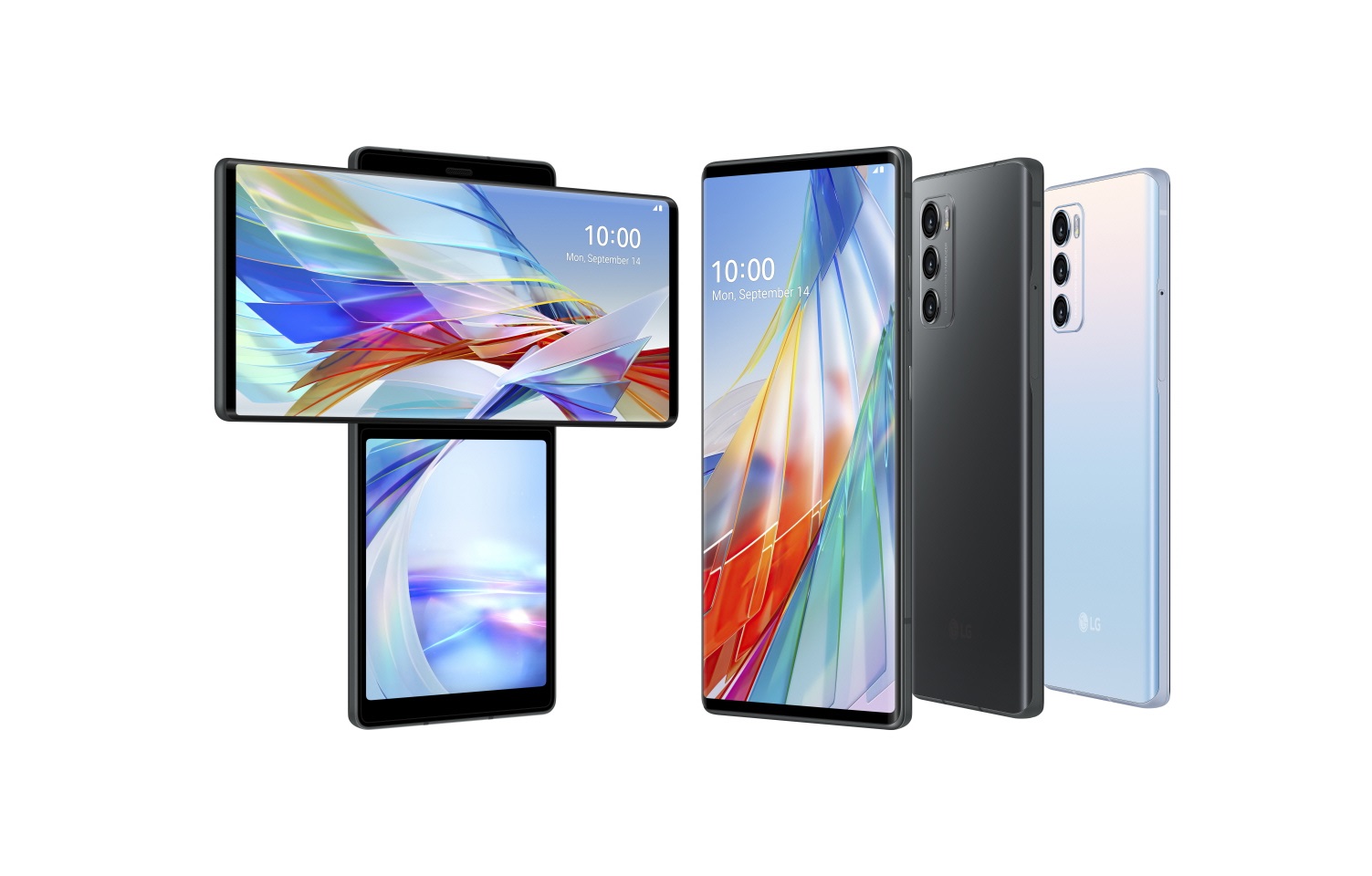
(Image source: LG)
When major companies face industry changes, they will attempt to explore new paths in order to become leaders in the new era. Being in a high position for a long time can easily cloud one's judgment, making it difficult to see the situation in a timely manner. One's own arrogance also leads major companies to be unwilling to admit and correct mistakes when they take the wrong path, instead consuming a lot of resources and time on meaningless research.
At that time, China's economy was booming, and Huawei, Xiaomi, OPPO, and vivo were going global from China. Facing industry giants and predecessors, they remained humble, more willing to listen to consumer needs, plan products according to market orientation, and learn from competitors to optimize mobile phone operating systems.
The new energy vehicle industry has witnessed a similar scenario, with new forces such as Xpeng, Li Auto, Leapmotor, Xiaomi, and Hongmeng Zhixing combining market research results to launch models that better meet market demand. Overseas traditional automakers, once considered capable of "overwhelming new energy vehicle forces with just one push," have experienced slow transformation and inadaptability to the new energy era. Toyota Motor Chairman Akio Toyoda has repeatedly denied the correctness of the new energy transition in public. Honda and Nissan, whose strength is inferior to Toyota, recently restarted cooperation negotiations and may improve product competitiveness through mergers.
After passing through the smartphone and 5G eras, the mobile phone industry has entered the AI era. Having learned from the mistakes of their predecessors, domestic smartphone manufacturers are actively embracing AI in this transformation, whether by accessing DeepSeek, deploying large models on the edge, or creating AI agents. However, not all mobile phone manufacturers are problem-free in this round of transformation. Apple, once the industry leader, is struggling with AI technology research and development and may need to seek assistance from OpenAI or Anthropic.
If Apple fails to keep up with industry development for an extended period, it may not avoid following in the footsteps of manufacturers like Nokia, LG, and Sony Ericsson. However, like Samsung, Apple has a large size and strong risk resistance capabilities. After cooperating with OpenAI and Anthropic, it is expected to quickly enhance the AI capabilities of its products.
Apple's willingness to accept assistance from third-party companies may be related to the decline of LG, Nokia, and other manufacturers as a warning. Taking the wrong path is not dreadful; what's dreadful is failing to repent, panicking after being abandoned by consumers, and then desperately seeking solutions, ultimately leading to decline. Apple is likely to follow the same path as Samsung, promptly revising its strategy, enhancing product competitiveness, responding to challenges from other manufacturers, and maintaining its top-two position in the industry.
Source: LeiTech


